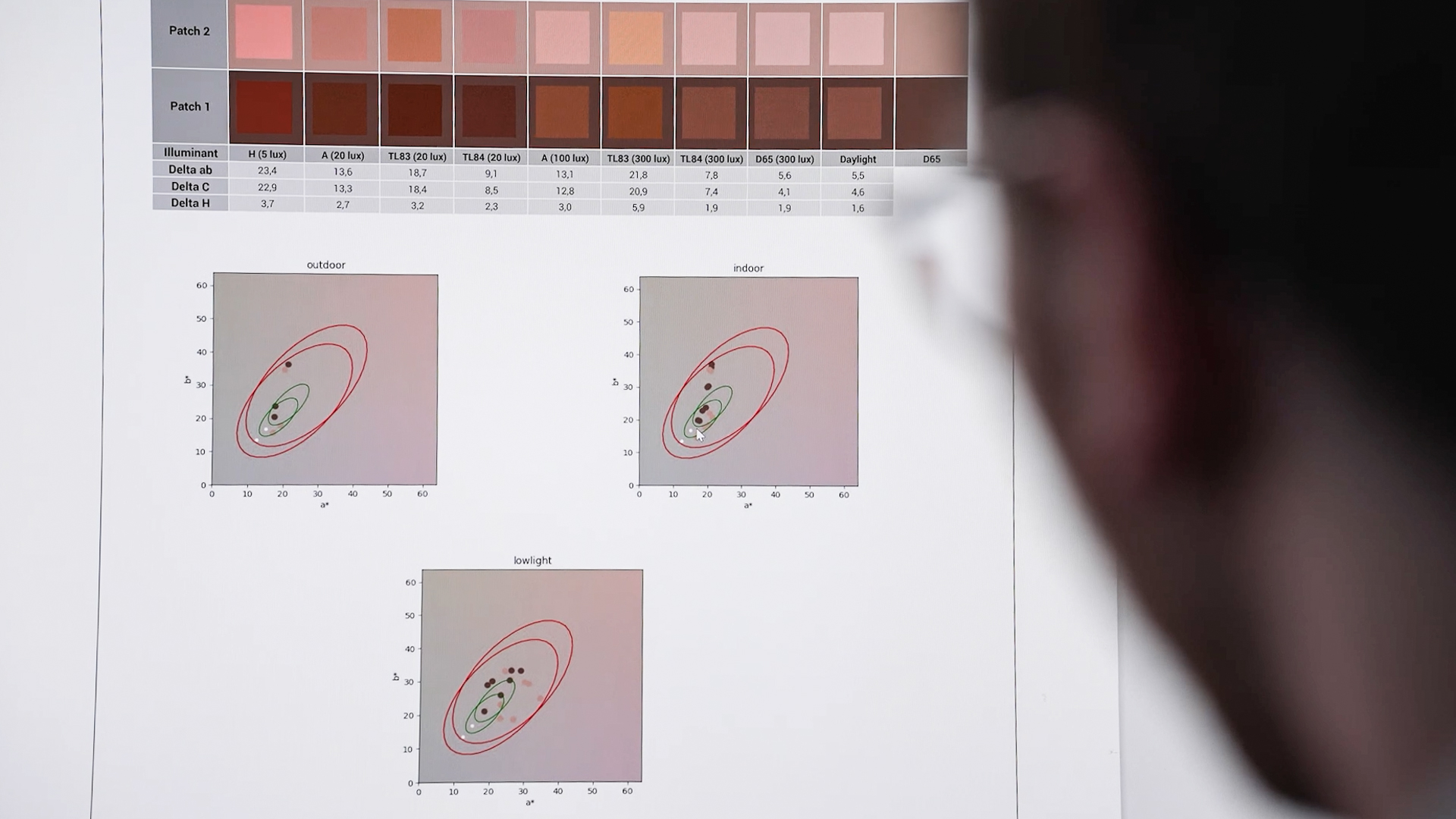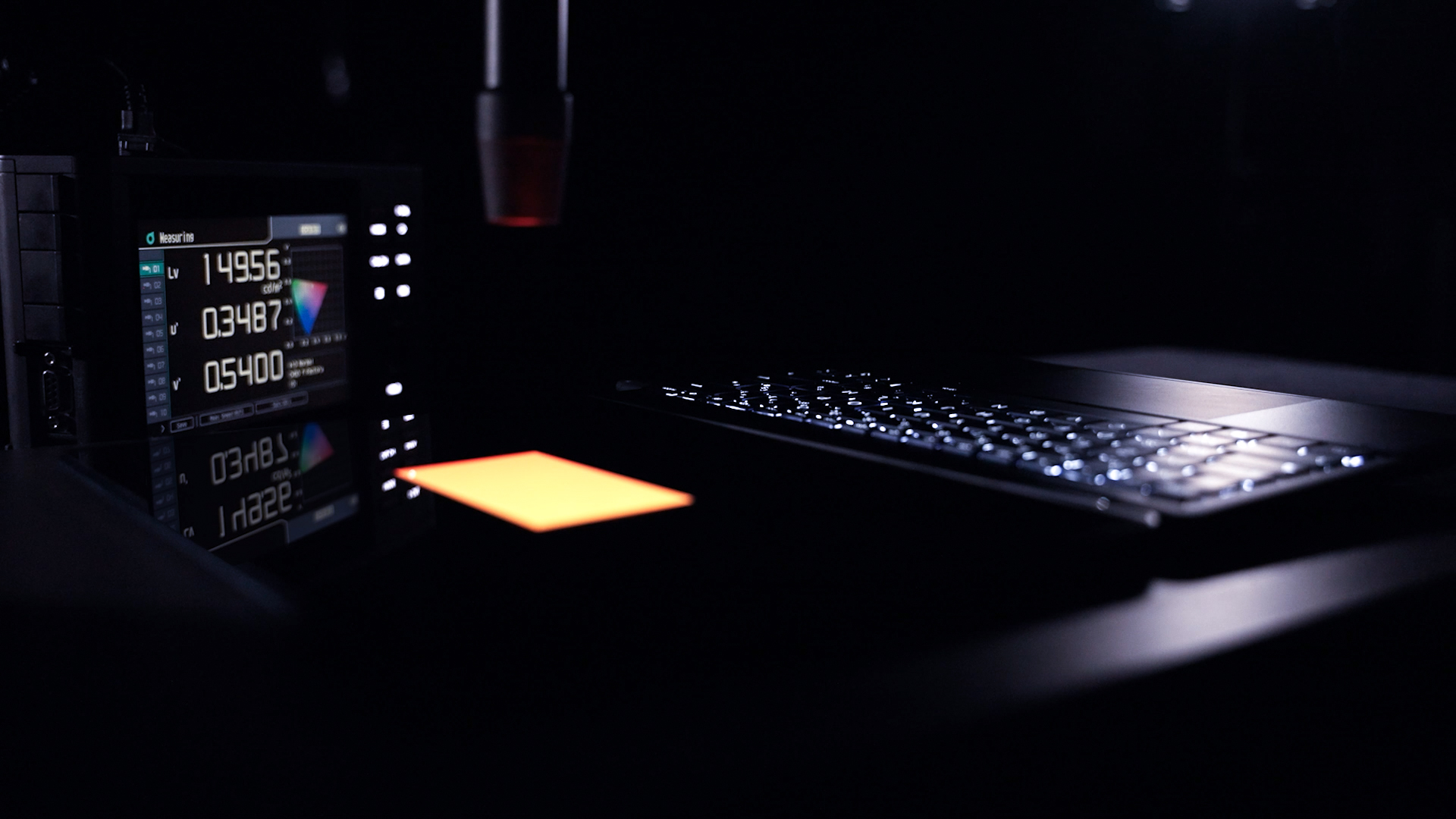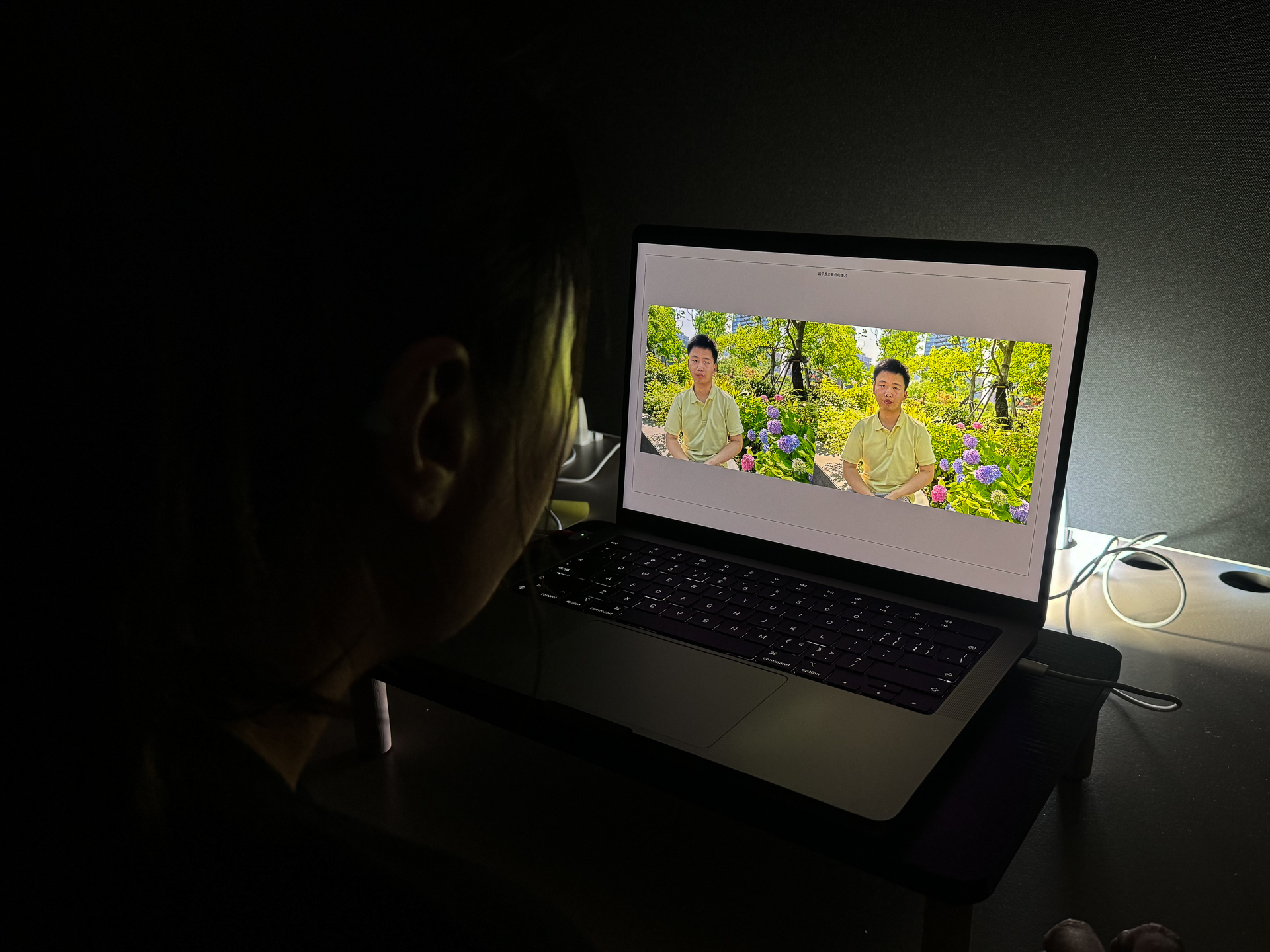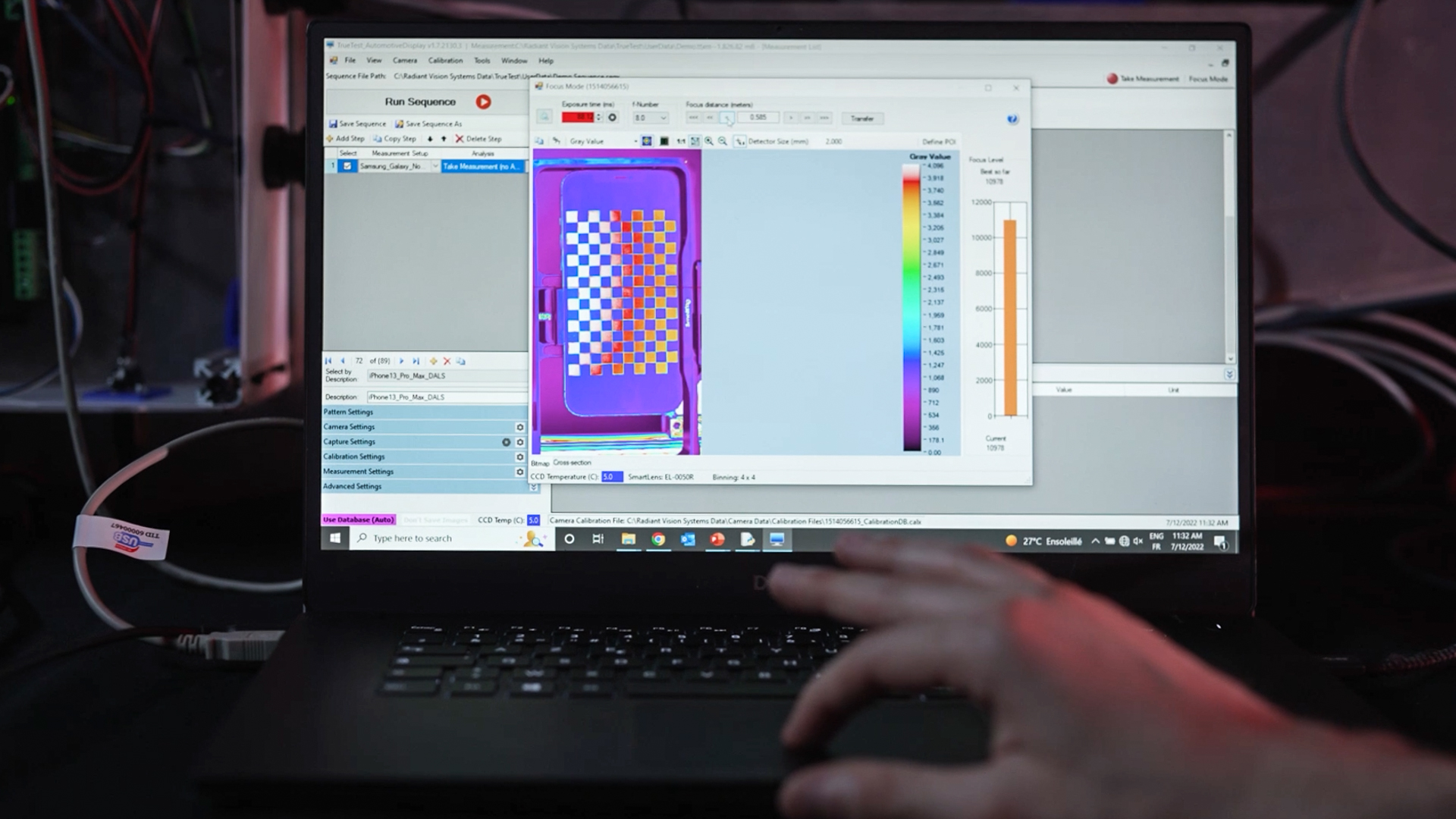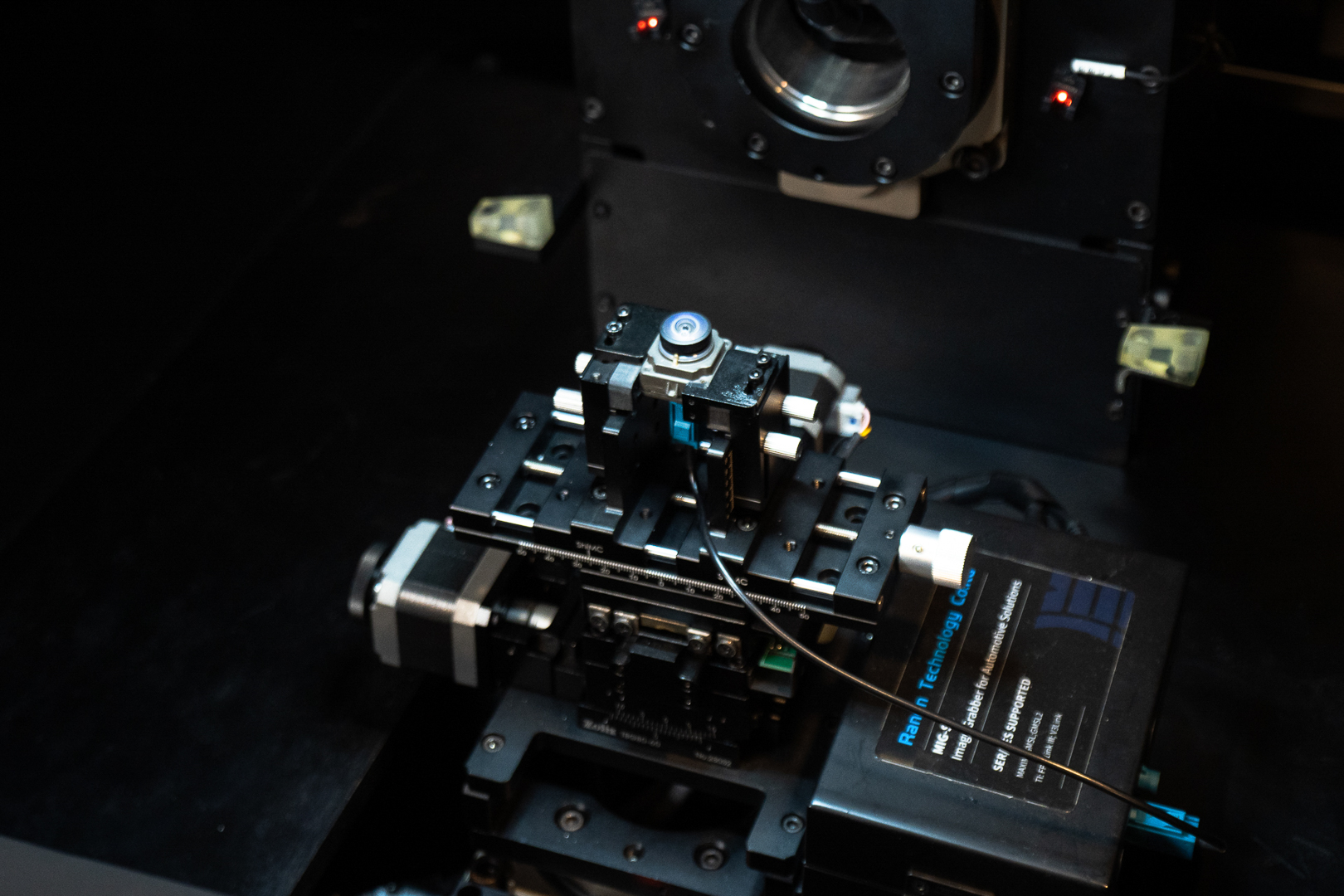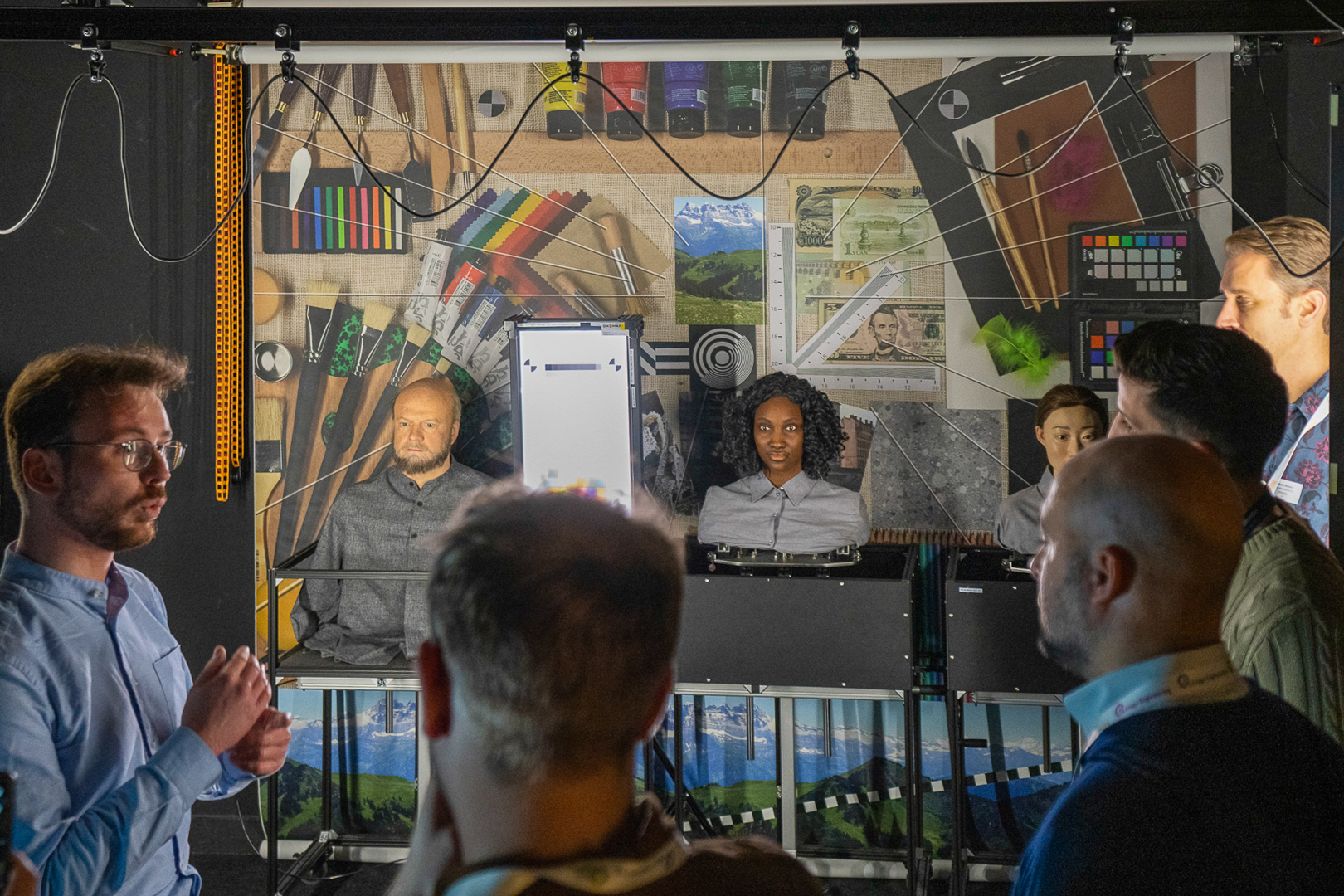Every new product goes through many steps of development, and DXOMARK can be there for you every step of the way! Our expert teams of scientists, engineers and technicians test, benchmark and support the optimization of a range of multimedia consumer electronics and their features, including photo, video, display, and battery. With over a decade of experience in testing, we have seen firsthand how product technology has evolved, giving us the in-depth understanding and insights that can bring out the best experience in your product.
We offer a versatile set of services that can either strictly follow our established protocols or be customized to fulfill your specific needs. Whichever option you choose, you can be sure that you are accompanied and supported by top experts in their fields.

 DSLRs
DSLRs  3D Camera
3D Camera  Drone & Action camera
Drone & Action camera 



